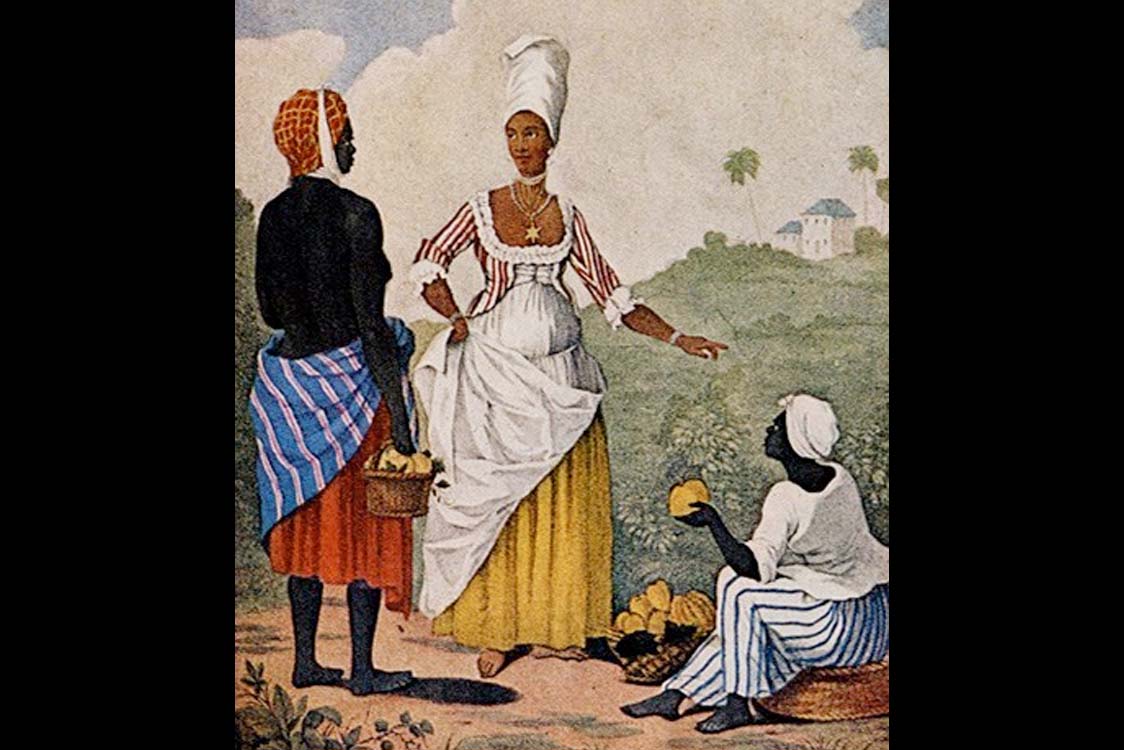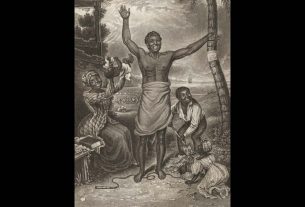Caribbean colonies were dominated by a small minority of Europeans and, to some extent, a smaller number of ‘coloured’ people, with the majority Africans and Asian indentured population as the working people. Before 1838, some free ‘coloureds’ had become politically, socially and economically powerful.
Although from the union of white men and African women, the ‘coloureds’ identified closely with the ‘white’ population and were aware of both their African and European heritage, though very proud only of the latter. During the enslavement era, some of them (mainly women) also became enslavers. Most of the ‘coloured’ people saw themselves as a separate ethnic group, usually renouncing their African heritage, and often refusing to socialise with Africans. Former enslavers gave them more opportunities to become literate, property owners and middle class professionals. ‘Colour coding’ and other forms of racism were legalised. Free Africans in the Caribbean became the subject of a ‘race’ row that was ignited by Scottish philosopher Thomas Carlyle in his paper, Occasional Discourse on the Negro Question, published in 1849. Carlyle said that Africans in the Caribbean led lives of indolent pleasure. But, the English philosopher John Stuart Mill openly disagreed with Carlyle, and responded to his attack on Africans in a letter to the Magazine, published in January 1850.




